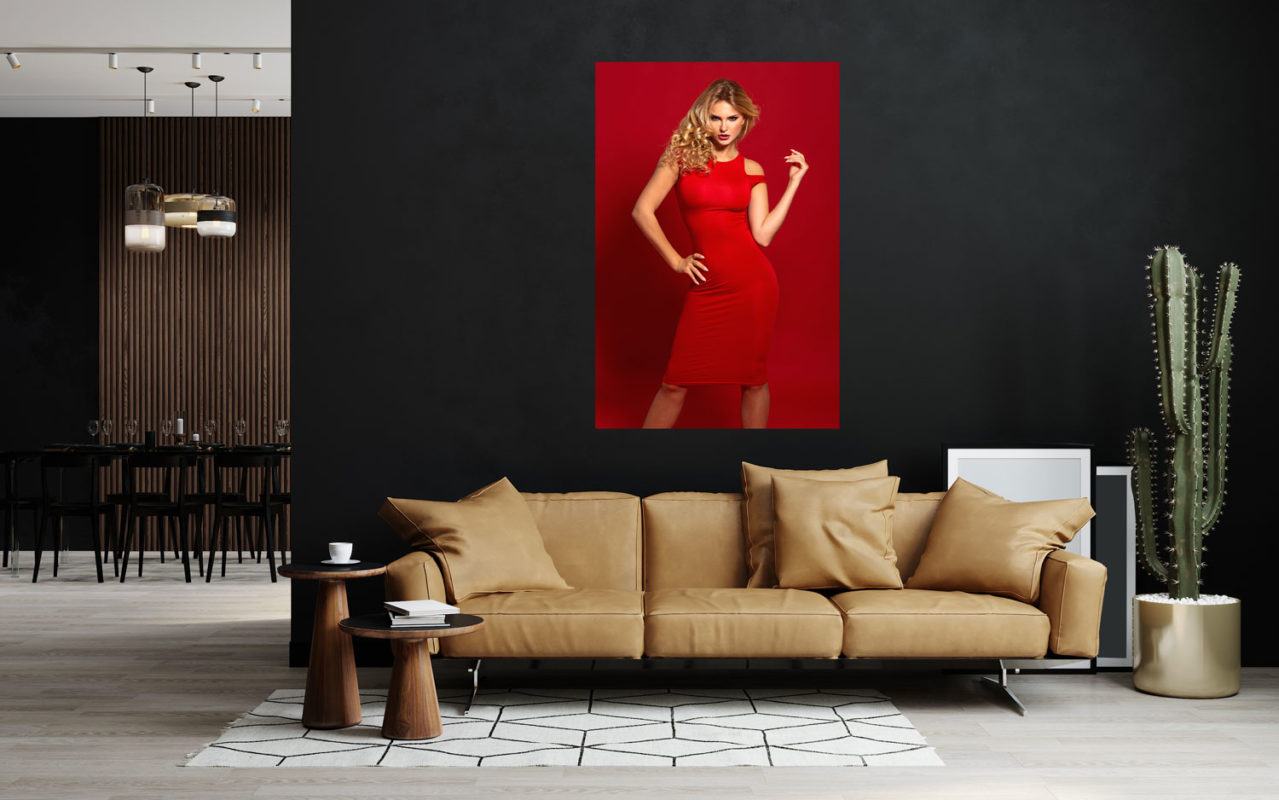Art
The art of murals
The art of murals: A look at nude and fashion photography
Over the years, murals have established themselves as an outstanding art form that adds both aesthetic and emotional value to residential and commercial spaces. Especially in the field of nude and fashion photography, murals have a special effect that goes far beyond mere decoration. In this article, we will examine the importance of murals as an art form, their cultural and aesthetic values, and the benefits of high-quality printing techniques such as photographic paper and aluminium dibond.
The Fascination of Nude Photography
Nude photography has a long and complex history dating back to ancient times. It focuses on the human body, emphasising its aesthetics, form and expressiveness. Nude murals create an intimate yet powerful atmosphere. Careful staging and lighting emphasise the beauty and individuality of the human body, creating a deeply emotional experience for the viewer.
Nude photography often straddles the line between art and controversy. But it is this aspect that makes it so fascinating. It challenges the viewer to grapple with questions of morality, aesthetics and human identity. Captured in a mural, nude photography takes on a presence and intensity that cannot be achieved in any other medium.
The elegance of fashion photography
Fashion photography on murals brings a different kind of sophistication and glamour to a space. Fashion photography is not just a documentation of clothes and trends, but an art form that captures styles, personalities and cultural statements. Fashion murals can therefore create an inspiring and dynamic atmosphere that exudes elegance and creativity.
The impact of fashion photography on murals lies in its ability to tell stories. Each image can reflect a particular era, trend or designer’s vision. High-quality prints on photographic paper or Alu-Dibond bring out the colours, textures and details, conveying the luxurious quality of fashion photography.

The benefits of photographic paper and Alu-Dibond
The choice of print media plays a crucial role in the presentation of wall images. High-quality photographic paper offers brilliant colours and fine detail, preserving the essence of the original photo. It is ideal for rooms where images are exposed to direct light, as photographic paper usually has a reflective surface that enhances the vibrancy of the colours.
Alu-Dibond, on the other hand, is a composite material made from aluminium and polyethylene, known for its durability and resistance. Prints on Alu-Dibond are particularly robust and offer a matte surface that minimises reflections and allows the image to be seen clearly, whatever the lighting conditions in the room. Alu-Dibond is particularly suited to modern and minimalist interior styles, offering a sleek and professional presentation.
The cultural and aesthetic value of murals
Murals have the unique ability to transform spaces and create a deeper connection between art and the viewer. They serve not only as decorative elements, but also as an expression of personal tastes and cultural values. For example, murals featuring nudes and fashion photography can convey a sense of luxury, aesthetics and cultural openness.
In public spaces such as galleries, hotels or offices, murals help to create a special atmosphere that impresses and inspires visitors and customers. In private spaces, they can make a personal statement, reflecting the individual tastes and artistic sensibilities of the occupants.
Conclusion: The art of murals
The world of murals offers a rich and versatile platform for the presentation of nude and fashion photography. By choosing high quality print media such as photographic paper and aluminium dibond, the beauty and expressiveness of this art form is maximised. More than just decoration, murals are a window into the world of art, inviting the viewer to a deeper aesthetic and emotional experience. They add a unique touch to any space and reflect the cultural and artistic diversity of our time.


